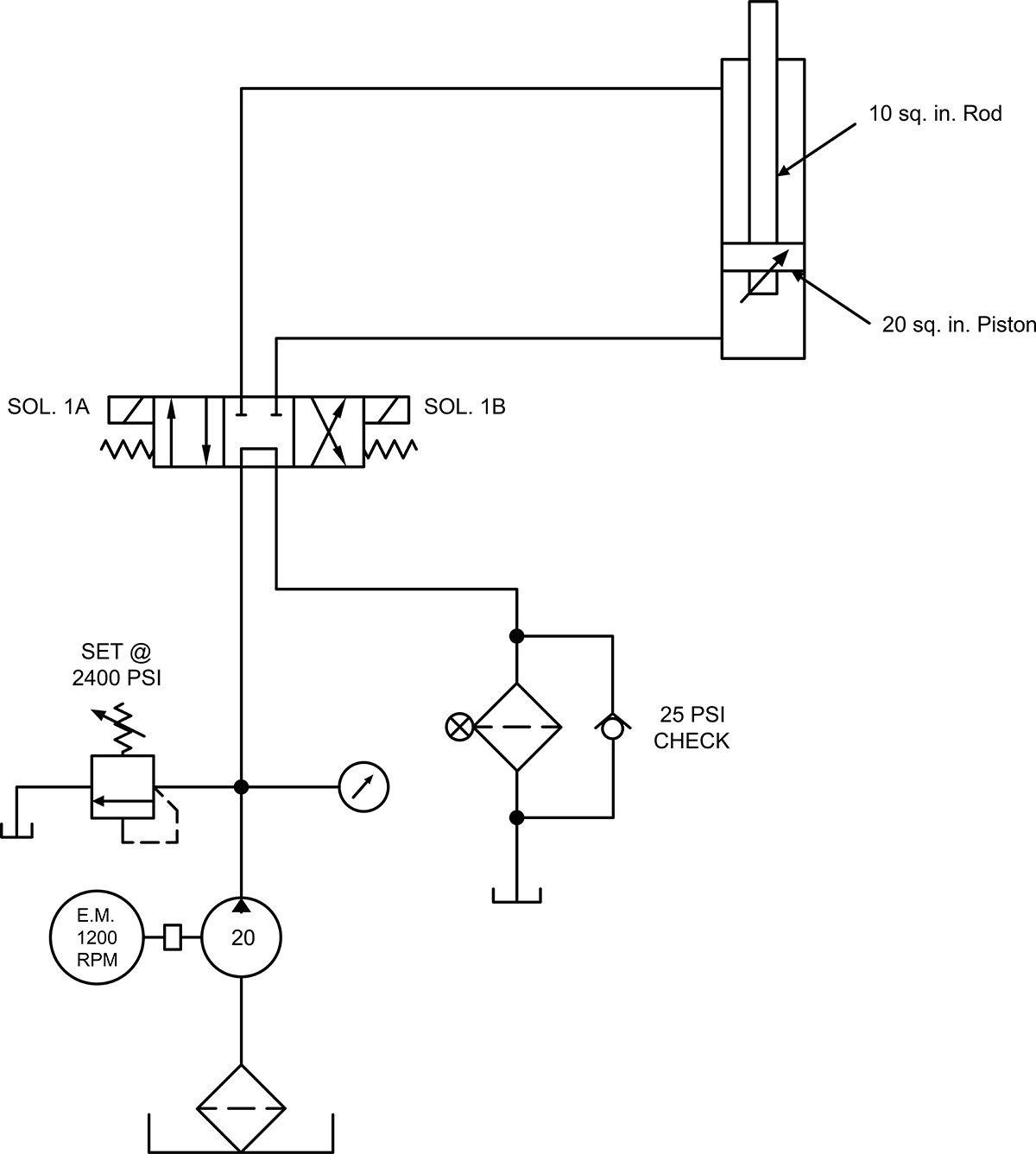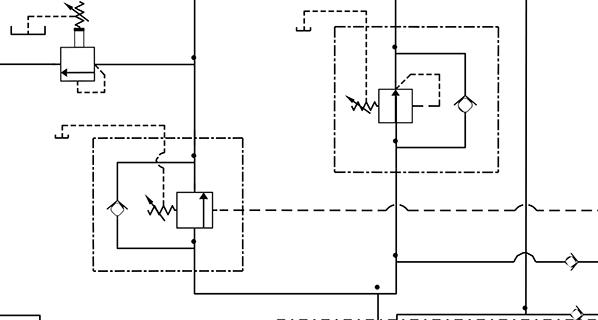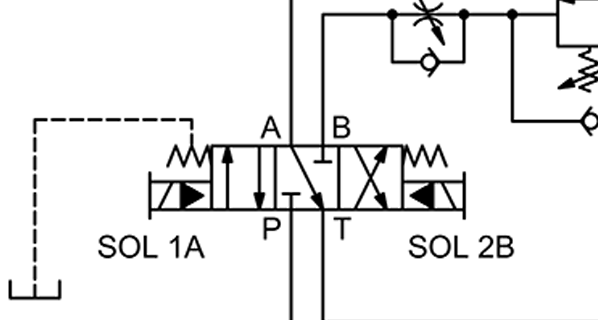System Cannot Reach the Needed Relief Setting
By Robert Sheaf, CFPAI/AJPP, CFPE, CFPS, CFPECS, CFPMT, CFPMIP, CFPMMH, CFPMIH, CFPMM, CFC Industrial Training

A very simple power unit was having trouble reaching the needed 2,400 PSI relief setting. The unit was built with a fixed vane pump/motor unit where the pump was inside the reservoir and the electric motor mounted vertical on the reservoir top along with the directional valve and return filter. If they keep either solenoid energized with the cylinder bottomed out, the unit will only reach 1,800 PSI and the oil would start to overheat.
They screwed the relief setting to its maximum with no results. So, they decided to replace the pump. When it did not fix the problem, they were not sure if the cylinder was by passing or the valve was at fault, so they called in a service man from their local hydraulic shop.
What was the first thing he did when he started troubling the system?
See Solution
Robert Sheaf has more than 45 years troubleshooting, training, and consulting in the fluid power field. Email rjsheaf@cfc-solar.com or visit his website at www.cfcindustrialtraining.com. Visit fluidpowerjournal.com/figure-it-out to view previous problems.




